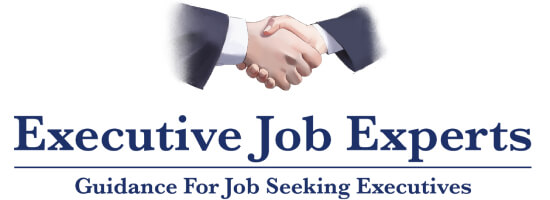Searching for a leadership position requires more than a great resume and a few applications. At the executive level, the job market is complex, competitive, and often invisible. To land the right role, you need a thoughtful, proactive approach that matches how senior-level hiring really works.
Here are the most effective executive job search strategies for 2025 — designed to help you stand out, get noticed, and land faster.
1. Start With Strategy, Not Applications
Before sending a single resume, get clear on:
- What title(s) you’re targeting (CEO, COO, VP of Sales, etc.)
- Your ideal industries or company stages
- Company size, culture, or values that matter to you
- Whether you’re open to remote or relocation
- Compensation expectations and dealbreakers
This clarity allows you to filter roles and communicate your value clearly — making your search more focused and effective.
2. Tap Into the Hidden Job Market
Studies show up to 80% of executive roles are never publicly posted. They’re filled through:
- Personal referrals
- Board and investor networks
- Executive search firms
- Direct outreach from company leadership
To tap into this:
- Reconnect with old colleagues, mentors, and peers
- Let close contacts know you’re exploring new leadership opportunities
- Ask for warm introductions to decision-makers at target companies
Don’t ask for a job — start conversations, offer insights, and build relationships.
3. Optimize Your Executive Brand
You’re not just applying — you’re being evaluated from every angle. Make sure your personal brand reflects leadership, credibility, and clarity.
Update:
- Resume: Focused on results, metrics, and executive-level language
- LinkedIn profile: Strong headline, compelling About section, keyword-rich experience
- Elevator pitch: Clear story about your career, value, and goals
- Online presence: Consistent bio and presence across media, articles, and speaking engagements
Executives who get hired fast have a visible, confident, and cohesive presence.
4. Use Executive Search Firms the Right Way
Top roles are often handled by retained executive recruiters. While you can’t “apply” to these firms, you can position yourself to be found.
Top firms include:
- Korn Ferry
- Russell Reynolds
- Egon Zehnder
- Spencer Stuart
- Heidrick & Struggles
Tips:
- Reach out to recruiters who specialize in your industry or function
- Send a sharp intro message and PDF resume
- Keep communication brief, focused, and professional
- Stay in touch quarterly — but don’t expect job placement services
They work for the company, not you — but being on their radar is critical.
5. Build a Target List of Companies
Instead of waiting for job postings, identify 15–30 companies you’d love to work for — based on mission, leadership, or growth stage.
Then:
- Research their leadership team and business goals
- Follow them on LinkedIn and in the news
- Use second-degree connections to request warm intros
- Send personalized, high-value outreach messages to decision-makers
This proactive approach puts you ahead of the competition — sometimes before a role even exists.
6. Leverage LinkedIn Like a Leader
LinkedIn is one of the top tools for executive job seekers. To use it well:
- Update your profile with a strong headline and SEO-optimized summary
- Add a branded banner image and clean profile photo
- Use “Open to Work” (private setting) with targeted job titles
- Engage with industry content to stay visible
- Write thought leadership posts that show expertise and point of view
Many C-suite opportunities begin with a recruiter search — and a solid profile increases your chances of being found.
7. Get Interview-Ready (Before You Need It)
Executive interviews are different — often involving:
- Strategic presentations
- Leadership simulations or panel interviews
- Board or investor Q&As
Practice your:
- Career story and personal leadership philosophy
- Responses to behavioral and situational questions
- Communication style (clear, composed, confident)
Working with an executive interview coach can dramatically improve your presence and delivery.
8. Track Progress With a Search Dashboard
An executive search can take 3–6 months (or more). Stay organized with a system to track:
- Companies contacted
- Conversations started
- Interview rounds
- Follow-ups and next steps
Use a spreadsheet or CRM tool — whatever keeps you moving forward and avoids missed opportunities.
9. Consider Interim or Advisory Roles
While searching for a full-time role, consider:
- Fractional leadership (e.g. interim CFO or CMO)
- Board memberships
- Consulting or advisory work
These roles keep you active, expand your network, and sometimes lead to permanent offers.
10. Get Support If You Need It
A high-level search can be isolating. Many executives work with:
- Career consultants to build strategy and structure
- Resume and LinkedIn writers for brand polish
- Executive coaches for mindset and clarity
- Accountability partners or peer masterminds
Support speeds up progress — and keeps you focused.
Final Thoughts
The executive job search is part strategy, part storytelling, and part relationship-building. It’s not about applying to every open role — it’s about showing up where it matters, with a message that resonates.
If you want to land the right role — not just the next role — invest in your search the way you’d invest in a business strategy: with clarity, consistency, and intent.

